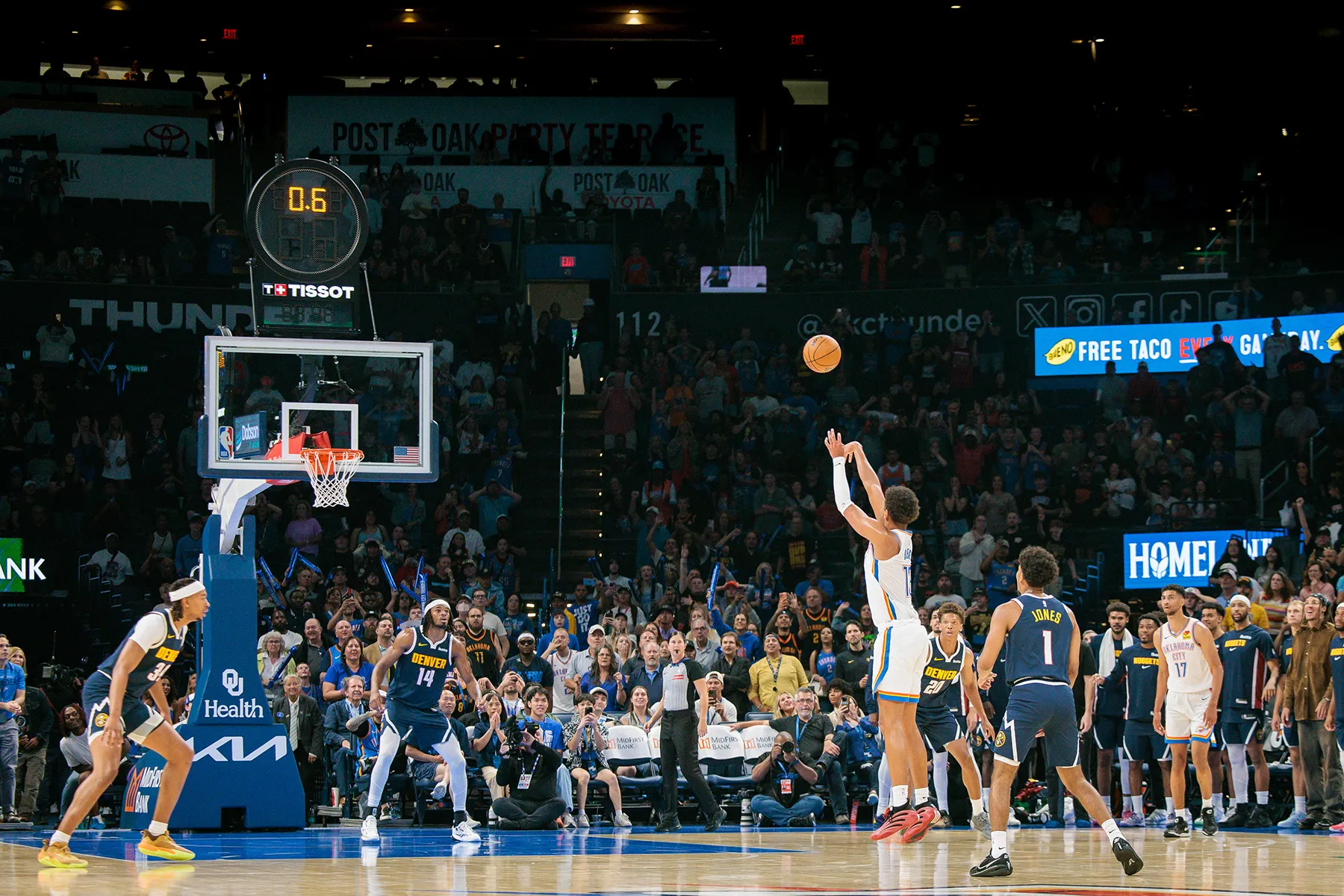Copyright 9to5Google
![Galaxy XR is a needed step, but feels dead on arrival [Video]](https://d2731bbzmt3wpb.cloudfront.net/news/image/us-west-2:25d97050-7aa7-43a6-a623-8fb02e6af97e/20251023/02987184cafa4d50b7e2c533596dc416.jpg)
Samsung has just dropped the first Android XR headset – Galaxy XR – but like Apple’s Vision Pro, is this first foray into our favorite mobile OS almost dead on arrival? Let’s examine all the angles. While Android XR was announced almost a year ago with teasers and mentions of Samsung’s Moohan development kit, the delay might have done some serious damage to how this product is perceived. This is an early adopter item, a product for people who are desperate to try a new thing or boast about what they can do that an ordinary mobile phone, tablet, or laptop can’t. I have a sneaking suspicion that at least right now, interest in the form factor is at a low point. We’ve seen lackluster sales of the Apple Vision Pro, a new model that usurps Samsung’s first foray into this space and more than a whiff of “why does this exist?” being muttered among Android fans. Does Android ‘fit’ in VR? My biggest gripe with Android XR is merely what it does that really sells it. The most obvious answer is that it’s an incredibly immersive way to enjoy content, particularly 360-degree video. Platforms like YouTube have been offering VR-style video for almost a decade now. Google Cardboard paved the way (RIP), and there is no doubt a great depth of content out there that a headset of this ilk can tap into instantly. Advertisement - scroll for more content Android as it is right now is still a heavily app-based platform. We need lots of developers to jump on board and refine the experience, but at least apps that support tablet setups will work with no great issues. I feel this is one of the significant strengths here, but it’s also a limitation. Meta doesn’t have that same level of “base” support right out of the box in the same way. You’re not going to do much more than browse the internet, play the odd Android-optimized game, or run a plethora of phone-oriented apps. With an Android laptop or computer in the works, where does AR fit? Maybe over time it does benefit, but right now it feels sort of shoehorned into a new paradigm for the sake of it. In terms of first-party app support, Google Maps, Photos, TV, Meet, Chrome, and YouTube have been updated for Android XR. That’s great, but it was an expectation rather than a bonus. More developers still need to refine their applications, and just what can you do that hasn’t been tried already? It’s murky for now. Why bother with a headset when you can get a tablet that’ll do all but wrap around your face? The size alone makes it a tough sell to ‘most’ people. Apps on your phone are easy to decipher and don’t need funky hand gestures to get things done. Immersion will be the way in which Android XR endears people to the platform. Is that enough for most? I’d wager that the lack of real headway made by other players in the space indicates that augmented or mixed reality just isn’t enough to capture a sizeable portion of the market and be a dominant area for Google or Samsung. Don’t get it twisted. As a movie theater experience, I doubt anything can rival a VR or XR headset for pure immersion, and I’m excited to try that out. Maybe as a productivity tool that replaces multiple displays, people will be itching to try it out, too, but those are still quite niche cases. Galaxy XR: The price dilemma The biggest complaint you’ll see online or in person over the next few months is about the Galaxy XR headset’s price and limited availability. At $1,799, Samsung has undercut the most direct competitor, the Apple Vision Pro. However, it comes with some significant downgrades that make it hard to swallow at MSRP. Firstly, it’s a mostly plastic headset, at around 550 grams. That’s perfect for weight reduction and especially important for a headset. Durability should, at least in theory, be decent, given how well plastic frames can flex and bend without deforming. The internals leave a little bit to be desired, though. A specialist, almost year-old Snapdragon XR2+ Gen 2 chip is used here. On paper, the regular XR2 from which this chip is based is actually spec-for-spec below the Snapdragon 8 Gen 2 from a couple of years ago. That might not be the most powerful option to run truly high-end experiences, and some level of throttling will be used to ensure things don’t overheat or consume too much power. Without having too many experiences to tax the Galaxy XR headset, things might be okay for the kind of things you’ll do right now. Sure, Apple’s own headset is more than double the price, but it has one of the best integrated processors on the market right now, so there’s room for growth and insane power under the visor. Not so much here, which might be problematic for some people. Passthrough for existing experiences where another device handles the workload is undoubtedly a strong suit, but there are cheaper, similarly solid alternatives on the market you could choose and still have money left over. Samsung’s Galaxy XR debuts as Android’s first XR headset—but is it worth $1,799? Explore its specs, flaws, and future in mixed reality. The Meta Quest lineup has all the benefits and a much better support system for people who want gaming experiences, as you get all the extras thrown in for under $600. 99% of people are still better served by a phone and tablet for less than the $1,799 start point. Even a laptop is going to give you access to things that Android, the platform, simply cannot do. Running glorified phone apps in augmented reality isn’t exactly going to be all that groundbreaking. Heck, even a high-end 4K television would provide you with years of quality entertainment, and you’re not bound by a very limited two-hour battery and experience that is bound by what Android XR update or developer support is available. What’s more, even though foldables are exorbitant, you’ll get more bang for your buck with one of those. This is all but a stepping stone Yes, this is a somewhat negative outlook, but it’s more a question of what the Galaxy XR and full public Android XR launch will do for the “average” Joe. VR glasses haven’t exactly flown off shelves and that won’t change now that we have an Android-powered option. My verymilquetoast take – along with many others – is that when Google unveiled Android XR alongside the AR glasses efforts, there was no denying who the real star of the show was. The potential for a pair of glasses to replace a bulky headset for IRL integration, paired with true contextual awareness of your surroundings and real-time feedback, is something that Google Glass promised but failed to deliver on a decade ago. This form factor makes the most sense for Gemini. It’s a key component in the Galaxy XR headset and key to Android XR’s success. You’d be crazy to wear such a large headset out in the waking world and with such a poor lifespan. To put it simply if you didn’t get it already: applied Gemini is the end goal for this form factor. Samsung’s Galaxy XR headset is the first true step in that direction, and the company, naturally, very briefly teased the first of those steps with a pair of glasses at the end of the Galaxy XR keynote. Will they live up to the hype? I’m really hopeful, but not so much for this necessary halfway house hardware, and I’m convinced most people feel the same way.



